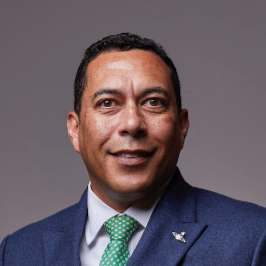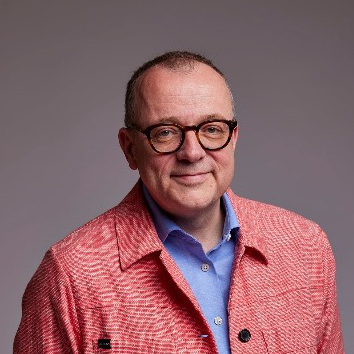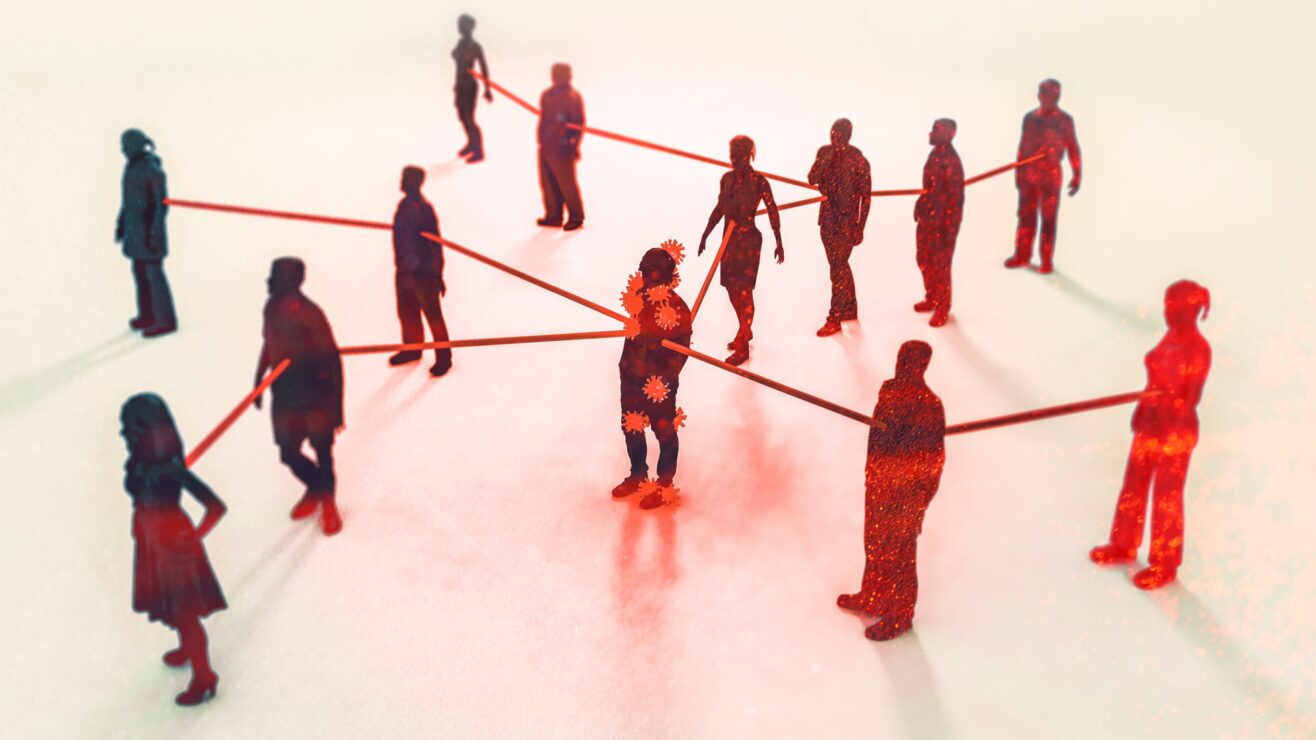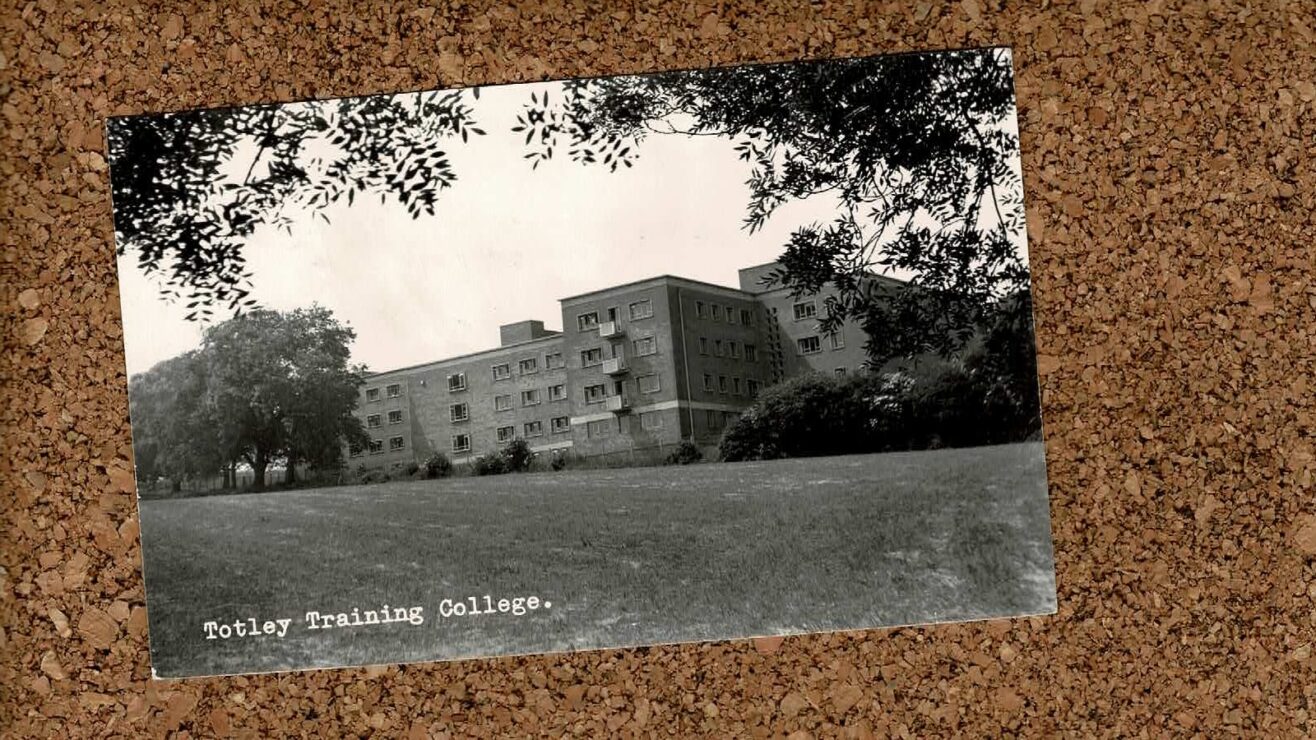Recent closures of renowned actor training courses, including the Bristol Old Vic Theatre School’s undergraduate provision and the abrupt collapse of the Academy of Live and Recorded Arts, have laid bare a crisis in drama training. This isn’t only about funding shortfalls; it’s about the very structures and traditions of training, which risk shutting out those able to succeed.
The financial strain on institutions is undeniable. The historical freeze in undergraduate tuition fees and the high-intensity delivery required in drama and other forms of intensive arts training like dance and music education have made traditional models almost unsustainable. Specialist institutions, unable to cross-subsidise, have stretched themselves to the limit – expanding course offerings, increasing intakes, internationalisation and growing postgraduate provision, where costs can be better covered. Meanwhile, government support through welcome specialist funding streams such as Institution Specific Funding have proven insufficient to address the root challenges.
These efforts, while necessary, have unintended consequences. Over-speedy expansion creates great challenges for the quality of the learning experience, while institutional survival strategies rarely address the deeper, systemic issues at play. The question is not just how to survive in this increasingly precarious environment, but how to rethink the system entirely.
The hidden barrier of time poverty
The financial barriers to entering drama training are well-documented, but there is a more insidious form of exclusion that demands urgent attention: time-poverty.
As highlighted in a recent Unipol and HEPI report, the average cost of student rent in London now exceeds the maximum maintenance loan, leaving students struggling to make ends meet. This financial reality forces many to take on part-time work, but the intensive nature of traditional actor training – 30-40 hours a week, often with irregular schedules – leaves little room for paid employment. The result? Only those who can afford not to work can afford to train.
Traditional training models require high levels of physical presence and stamina. While these methods have been celebrated for their rigour, they exclude those with caring responsibilities, disabilities requiring time flexibility, or the need to support themselves financially. This isn’t just a financial issue – it’s a fundamental inequity in how time is valued in training.
Addressing time-poverty isn’t about making marginal adjustments; it requires a paradigm shift. Drama schools must reimagine training models to prioritise accessibility and sustainability without compromising quality. Flexible delivery methods, guaranteed non-contact periods for work or rest, and rethinking the necessity of long, traditional schedules are all potential starting points. If we are to be equitable in the way almost all drama schools claim as a value, we must redesign what “intensity” in training means for excellent students who do not arrive with the economic means required. The current system is exclusionary.
Some institutions are already leading the way. Identity School and Access All Areas have successfully adapted their training processes to accommodate a broader range of students. The Collective Acting Studio excels at balancing time pressures with rigorous training, redefining how intensity can be delivered. These organisations boast impressive alumni who are actively working successfully in the industry. Notably, Sally Ann Gritton, Principal of Mountview, emphasises in her book, The Independent Actor, that long, gruelling days are neither effective nor beneficial for students. These examples prove that change isn’t just possible – it’s essential if we want the arts to become more inclusive.
Why it matters
The stakes couldn’t be higher. The creative industries contribute over £100 billion to the UK economy annually, with drama training forming the backbone of the talent pipeline. Rose Bruford College alumna like Jessica Gunning, who recently won Emmy and Golden Globe awards, or Sara Huxley, whose work on Mr. Bates vs. the Post Office catalysed governmental action, exemplify the global impact of British arts education.
However, the arts are more than an economic driver – they shape how we see ourselves, societal narratives, build empathy, and are key in defining our cultural identity. If access to training is restricted to the privileged, the stories we tell become narrower and less representative. Equity in the arts is not just an educational issue; it is a societal imperative.
Nearly a decade ago, calls for greater class diversity in the arts sparked important conversations. In 2016, a report from the London School of Economics revealed that only 27 per cent of actors came from working-class backgrounds. While this discussion was absorbed into the broader issue of societal inequality, solutions remained vague and largely limited to the idea of increased funding. Today, with budgets tighter than ever, this approach feels increasingly out of reach.
In recent years, established actors, including household names like Julie Walters and Christopher Eccleston have voiced concerns that they would no longer be able to afford the cost of training. Their warnings highlight a system where financial barriers stifle talent, despite the well-meaning calls for bursaries and other competitive financial support. The result? A cycle where potential is lost, and the arts grow less accessible.
We need bold leadership across the sector. Institutions must collaborate to share best practice, experiment with alternative training models, and advocate for systemic support. There are innovative models, and we must deal with the friction preventing them from spreading. Policymakers and trainers must recognise that funding is only one part of the equation; addressing time-poverty is critical to ensuring a truly inclusive arts education.
The arts are at their best when they reflect the richness of society. It’s time to move beyond tradition and reimagine drama training for a new generation—one where potential, not privilege, determines success.
Anyone interested in being part of this conversation is welcome to contact the authors directly.















Really great to be highlighting the realities here and the systemic issues that students are inheriting from traditional practices. The issue of time poverty is a very real one and arguably is more widely applicable, beyond the discipline focus here. Over the past 5 years, SEER (Specialist Evidence, Evaluation & Research) have undertaken many evaluations exploring the impact of financial support, which have included exploration of students’ part-time work commitments. The reality is that these have grown considerably, and disproportionately for more disadvantaged students, over time. These real pressures, and the paradigm change that is required to deal with them… Read more »
An important and timely piece. The financial precarity of traditional drama training models has been evident for some time, but the recognition of time poverty as an equally exclusionary force is vital. The idea that intensity must mean 40-hour contact weeks with little flexibility is an outdated assumption, and unless we adapt, we risk reinforcing privilege rather than nurturing potential. That said, we must also be careful not to throw the baby out with the bathwater. The conservatoire model is built on the rigorous accumulation and application of skills, which remains essential for professional training. The challenge is finding ways… Read more »